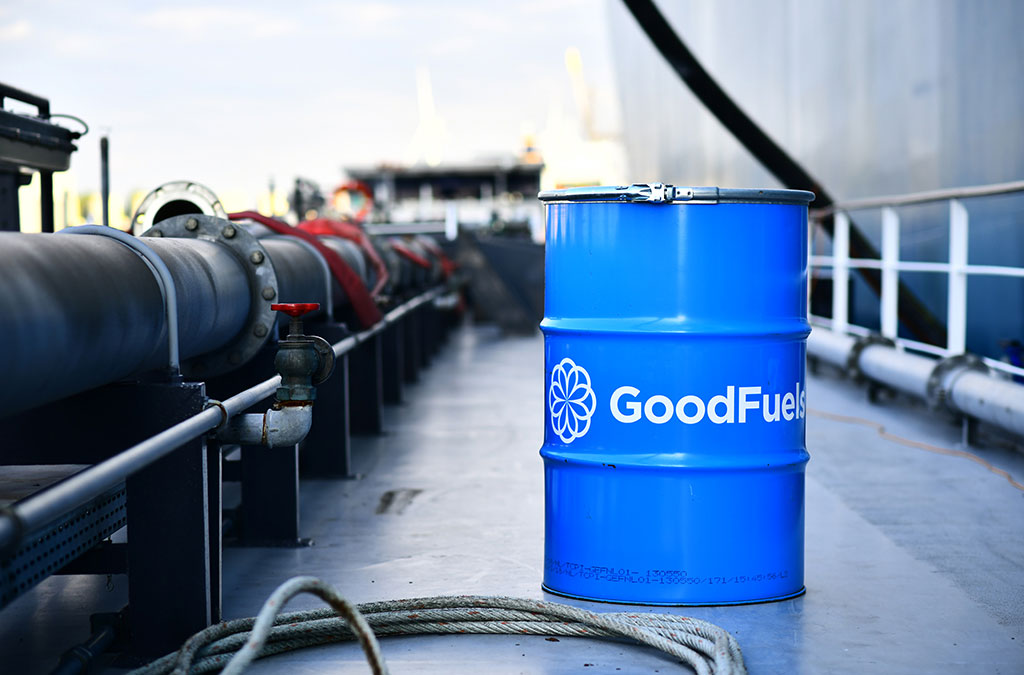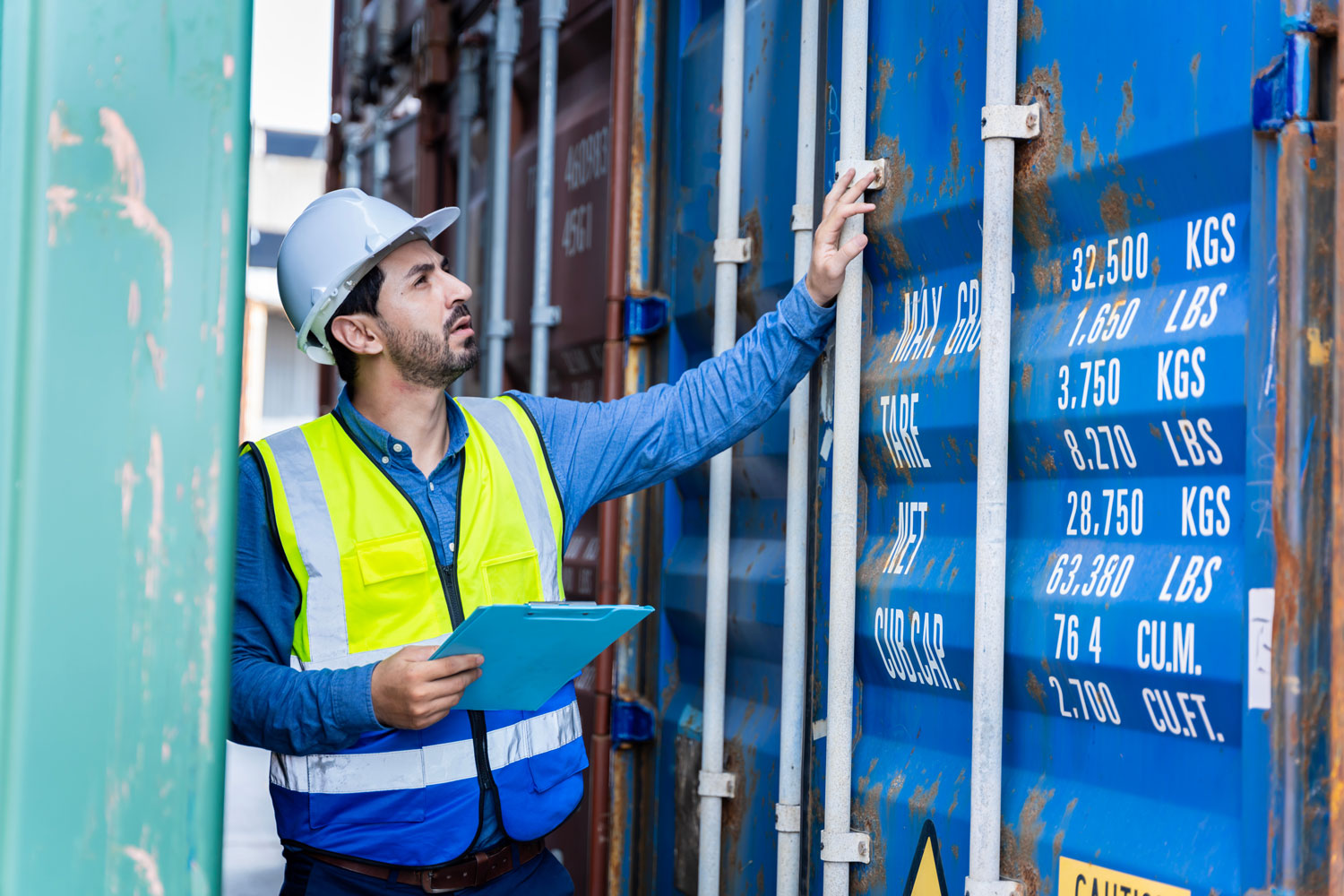

This year’s New York Climate Week kick-off was welcomed by tens of thousands of protesters demanding U.S. politicians and policymakers to end our dependency on fossil fuels. As a sustainable fuel provider, we have been investing in making low-carbon, more sustainable alternatives to fossil fuels available since our inception in 2015. Today, we highlight five things shipowners can do to help make the sustainable fuel economy a reality.
As a pioneer and changemaker in the fuel industry, our form of ‘protest’ is providing concrete, ready-to-use alternatives to this system that the activists are protesting and working with our clients and industry partners to make sure our solutions are extensively tested, audited, verified, and reported on. It takes a village to raise a child and a whole industry to advance to the renewable fuel economy.
As industry innovators, we are responsible for highlighting opportunities instead of threats, promoting solutions instead of problems and identifying next steps instead of dead-end roads. Naturally, without parties pointing out the problems to our society, we would not be aware of the urgency to address them. But since we’re in the business of providing solutions, it only makes sense for us to focus on just that. The list below is compiled with solutions beyond our current product portfolio, as systemic change requires a holistic view of the industry and of the challenges that moving towards zero-carbon shipping presents.
1. Invest in the sustainable fuel ecosystem
In addition to reducing your fleet’s CO2e emissions by 80-90% (and even 92.4% in the case of biomethanol), sailing or driving on renewable fuels has many other benefits. The main one is that in addition to receiving a low-carbon alternative to fossil fuel in your tank, your purchase of renewable fuels is also an investment in the development of a more sustainable fuel system. With each delivery we do on behalf of our clients, we are expanding the Sustainable Marine Fuel ecosystem by collaborating with feedstock suppliers, engine makers, fuel labs, classification societies, port authorities and local governments.
This vision is also in line with the Start Today principle we hold in high regard at GoodFuels: to already reduce all the carbon emissions we can today by utilizing the currently available solutions. The market often talks of more powerful decarbonisation solutions to become available at some point, but it just doesn’t make sense to sit around and wait for these technologies to be developed. Future technologies will not help us reduce today’s emissions. While this might make sense when you read it in this context, the broad range of new technologies on the horizon causes choice paralysis, leading to non-action, a common pitfall in the shipping industry. So, while considering what to invest in tomorrow, always ensure that you are utilizing the decarbonisation solutions already available today.
2. Expanding your fleet? Consider ‘conversion-ready’
As a relatively new trend in newbuilds, some shipowners are opting for "conversion-ready" containerships that can be converted to run on lower-carbon fuels by retrofitting them at a later stage, according to a study published by Maersk Mc-Kinney Møller Center for Zero Carbon Shipping. During the construction of these vessels, additional room has been allocated for potential future installations of bunkering systems for new fuel types. In the short term, this would lead to higher construction costs, but this would later lead to lower capital expenditures should a low-carbon fuel conversion be required.
A sensible approach when considering the ongoing uncertainty over what low-carbon fuels will turn out to dominate the market in the long term. In DNV’s latest Maritime Forecast to 2050, the classification society has outlined as many as 24 fuel scenarios to provide insights for the shipping industry’s decision-making to create more robust and future-proof decarbonisation solutions. If you’re a fleet manager in charge of future-proofing your fleet, maintaining flexibility and being somewhat prepared for any future scenario are most likely at the top of your wish list.
“We show that the future fuel mix is highly dependent on underlying assumptions, notably regarding fuel prices and policy ambitions.” According to Eirik Ovrum, Maritime Principal Consultant at DNV. With so many viable scenarios to keep into account, spreading your chances of winning sure seems like today’s best bet for shipowners looking to future-proof their fleet.
3. Retrofit existing engines
With an average lifespan of about 30 years, most vessels might not apply for replacement just yet. Luckily, this does not mean shipowners should wait until these ships reach their end of life. Even more so, if the idea of retrofitting excites you, there’s no need to wait for conversion-ready new builds to splash out of the dry dock. Vessels that are currently in operation might also be retrofitted to run on renewable fuels by OEMs like Wärtsilä and MAN Energy Solutions. In a recent press release, the latter announced the development of a methanol retrofit solution for medium-speed marine engines. Its first retrofit project will be based on a MAN 48/60 engine. The research project will span a three-year time period, and the company expects the first retrofit of a fully functional test engine to reach the testbed as early as 2024.
4. Form or join a decarbonisation consortium
Moving towards a renewable fuel economy will require a complete industry overhaul. From this respect, collaboration and knowledge-sharing are key. Not only to get the new fuel technologies fully developed and ready for large-scale adoption but also to allow the entire fuel ecosystem to evolve along with it. Therefore, collaboration with industry peers to advance new ways of working is key. At the same time, it is vital for the industry to advocate for policies and incentives that support the adoption of renewable transportation technologies, to prevent political roadblocks when rolling out the new infrastructure.
Consortia like the Global Centre for Maritime Decarbonisation are doing just that. Located in Singapore, GCMD was established as a non-profit organisation to support decarbonisation of the maritime industry to meet or exceed the International Maritime Organization's goals for 2030 and 2050.
As a great example of interdisciplinary collaboration, GCMD was launched on 1 August 2021 with funding from the Maritime and Port Authority of Singapore (MPA), and six founding partners, namely BHP, BW, DNV Foundation, Eastern Pacific Shipping, Ocean Network Express and Sembcorp Marine.
In addition to conducting pilots on fuel tracing and the drop-in biofuel infrastructure, the consortium also runs other research projects like an ammonia bunker safety study, gaining and sharing knowledge on important low-carbon fuel infrastructure topics with the aim of moving the entire industry forward.
5. Monitor and report
Every step you take as a company in your journey towards zero-carbon shipping is another one in the right direction for the entire industry. Communicating about these steps is key as this helps to inspire industry peers who might be struggling to take the next one. Building a Sustainable Marine Fuel track record is key to primarily gaining knowledge and preparing your company to scale up these technologies, but it also greatly helps to exchange knowledge with industry peers and other relevant stakeholders. Tracking and reporting emissions reductions and progress toward renewable energy goals helps hold your internal stakeholders accountable and demonstrates your commitment to sustainability to your clients, employees and partners.






